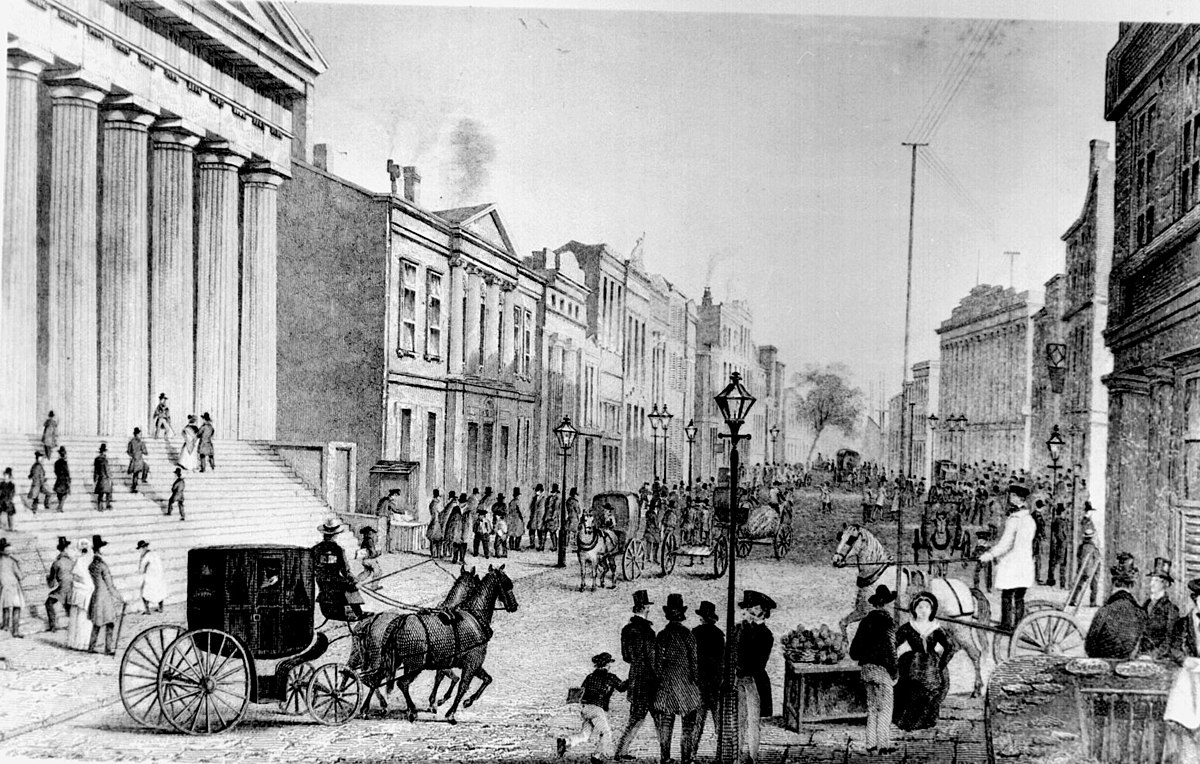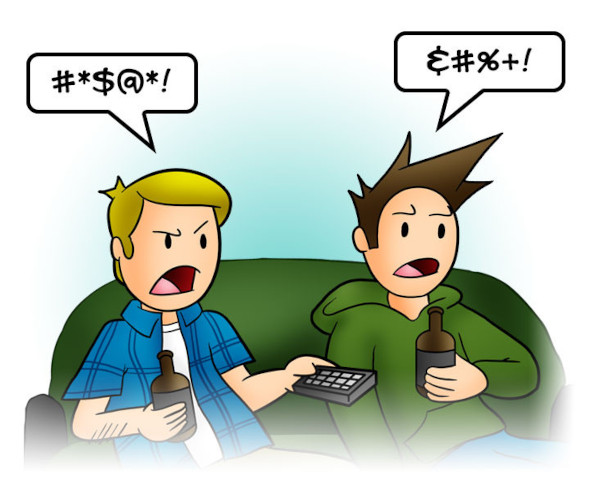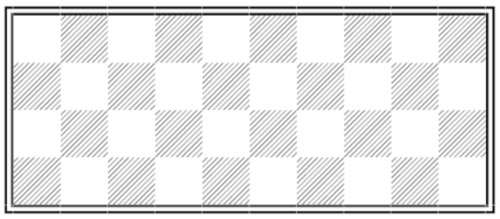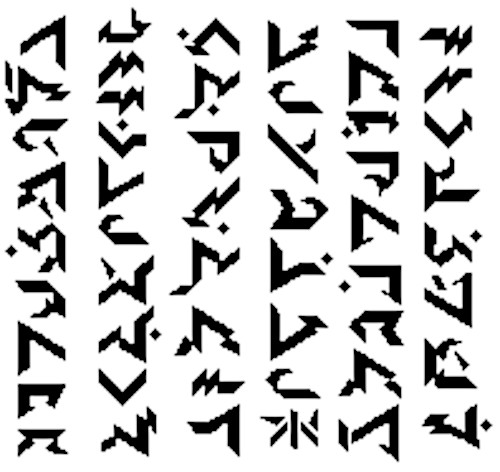Local rules adopted at British golf courses during World War II:
- “In competitions, during gunfire or while bombs are falling, players may take cover without penalty for ceasing play.”
- “The positions of known delayed-action bombs are marked by red flags placed at a reasonably, but not guaranteed, safe distance therefrom.”
- “A ball moved by enemy action may be replaced, or if lost or destroyed, ball may be dropped not nearer the hole without penalty.”
- “A player whose stroke is affected by the simultaneous explosion of a bomb may play another ball from the same place. Penalty one stroke.”
In Curiosities of Golf (1994), Jonathan Rice writes, “At Folkestone GC, the wartime rules included the rather grudging allowance that ‘a ball may be lifted and dropped if in a bomb hole in the rough, but not if the bomb hole is in or part of a recognized hazard.’ So if you sliced your drive and just caught a bunker by the side of the fairway, which then turned out to be fifty feet deep thanks to an overnight bombing raid, you just had to play out of the hazard, however unrecognizable it might have been compared with the day before. They breed tough golfers in Folkestone.”
In July 1941, some American clubs reportedly adopted similar rules in a show of solidarity.
UPDATE: Here are the rules adopted by Richmond GC, southwest of London. (Thanks, Brieuc.)




